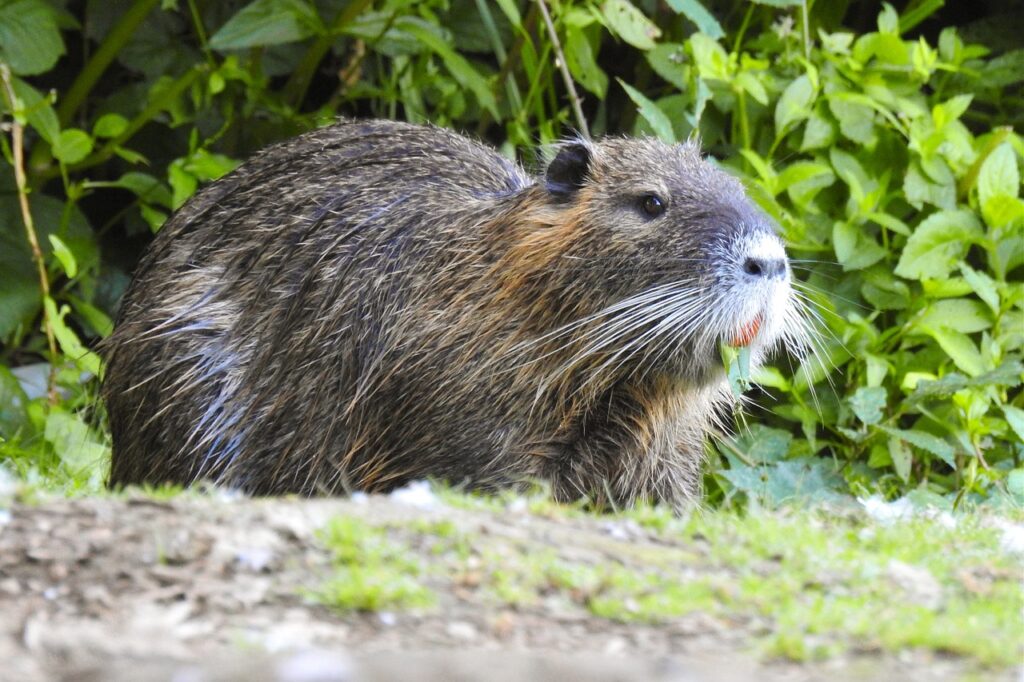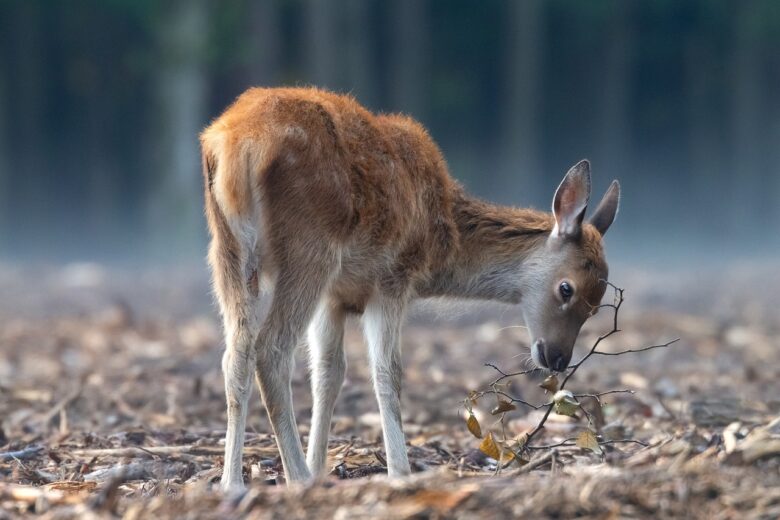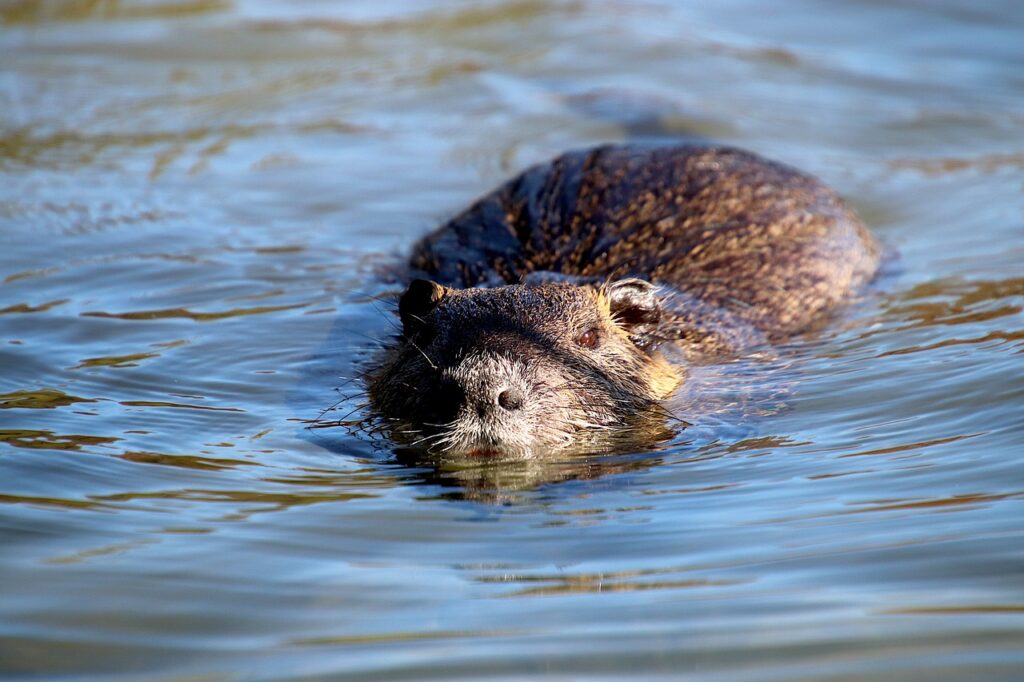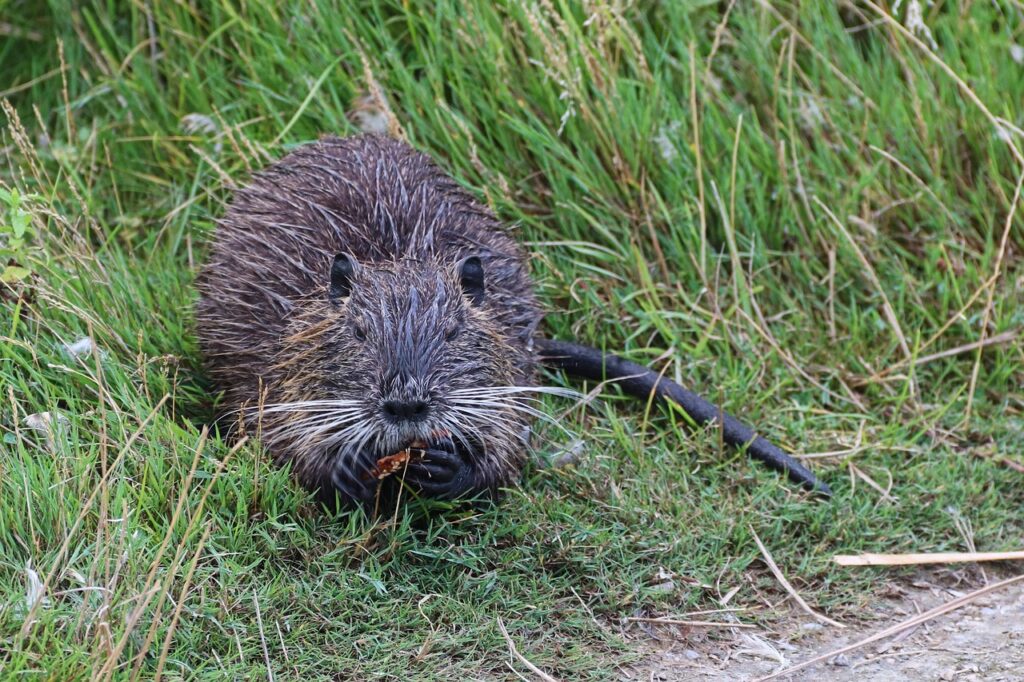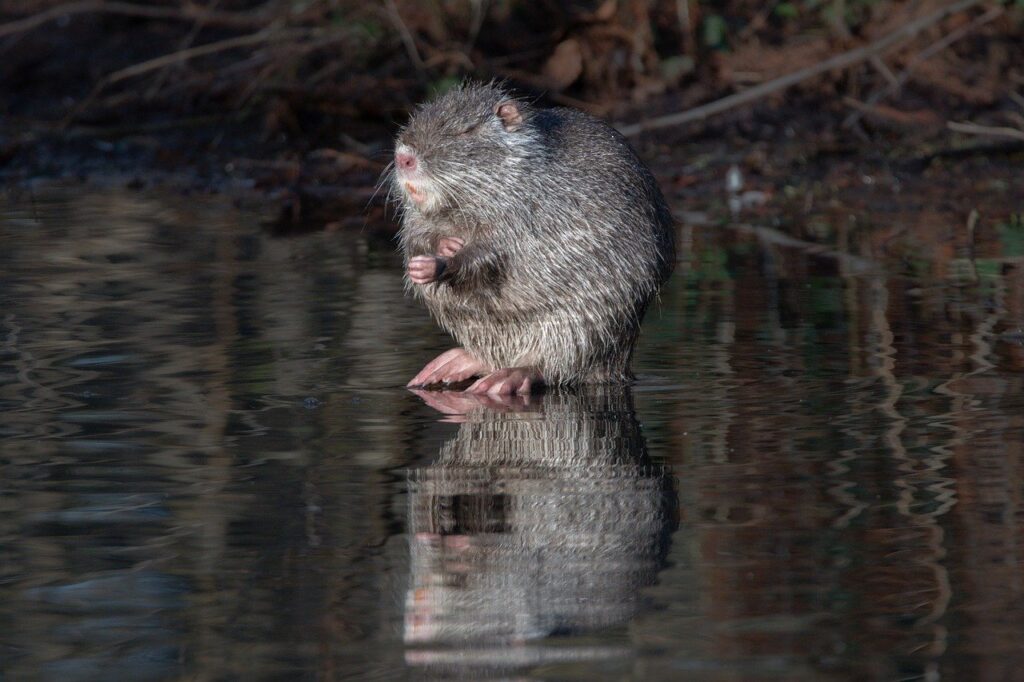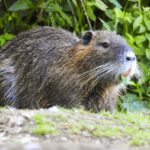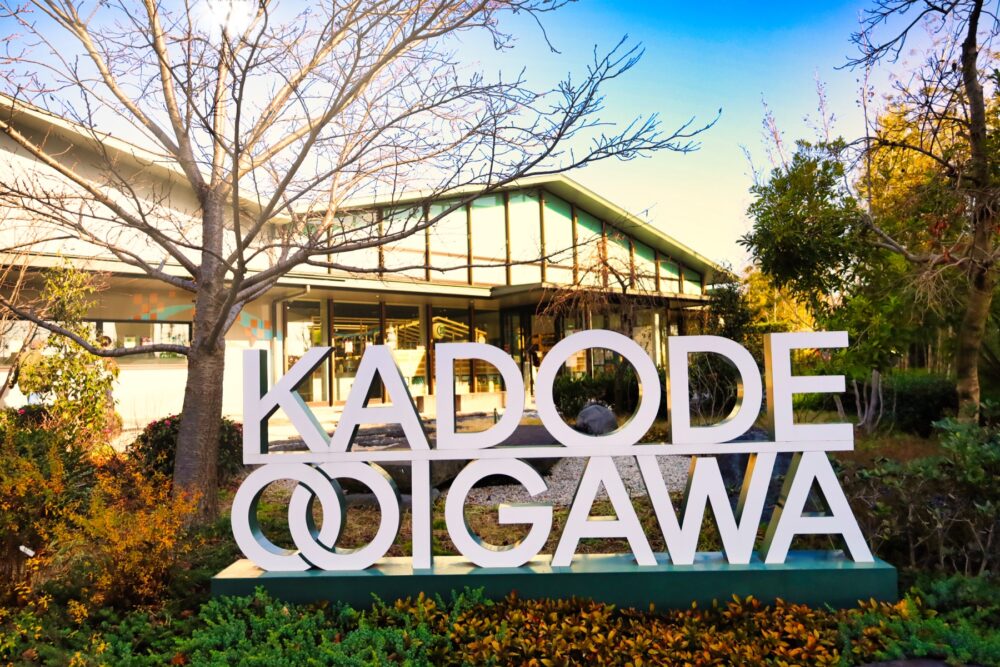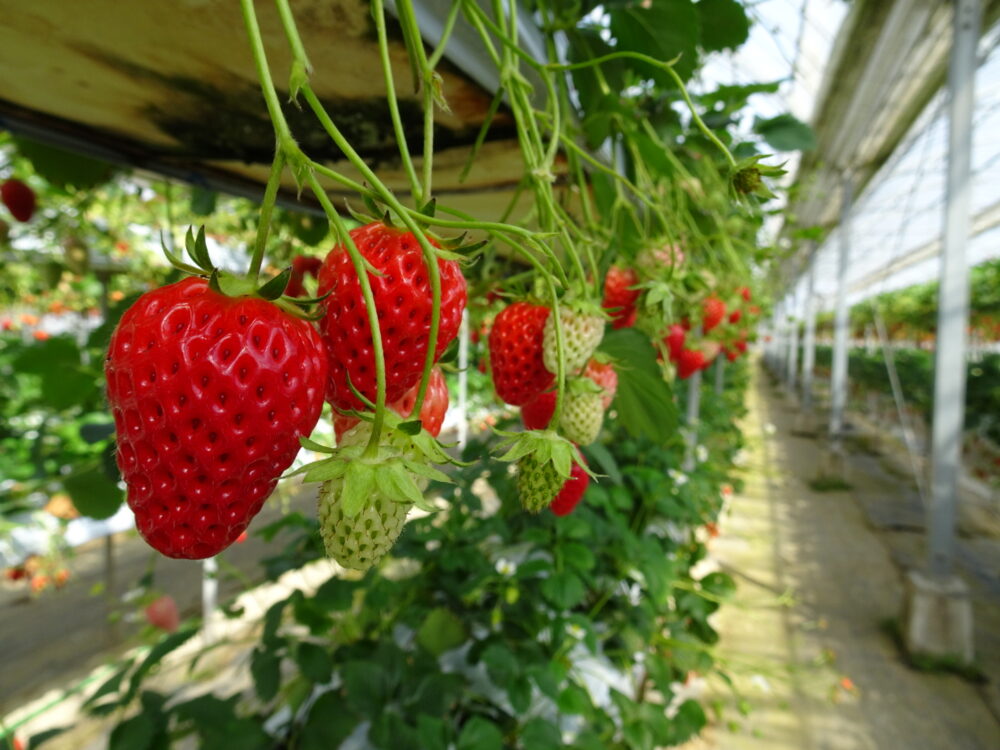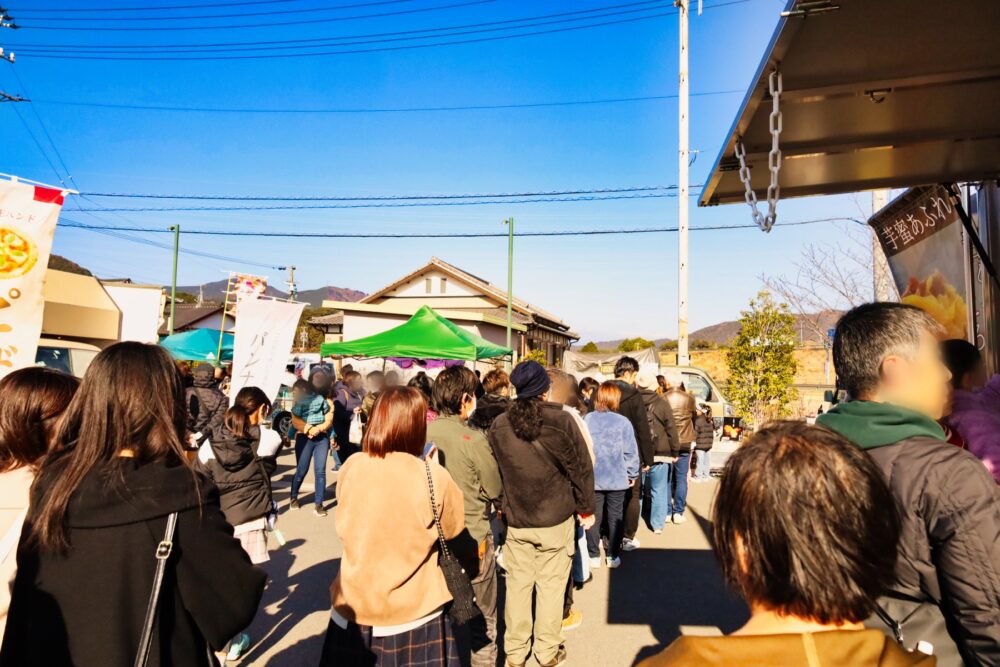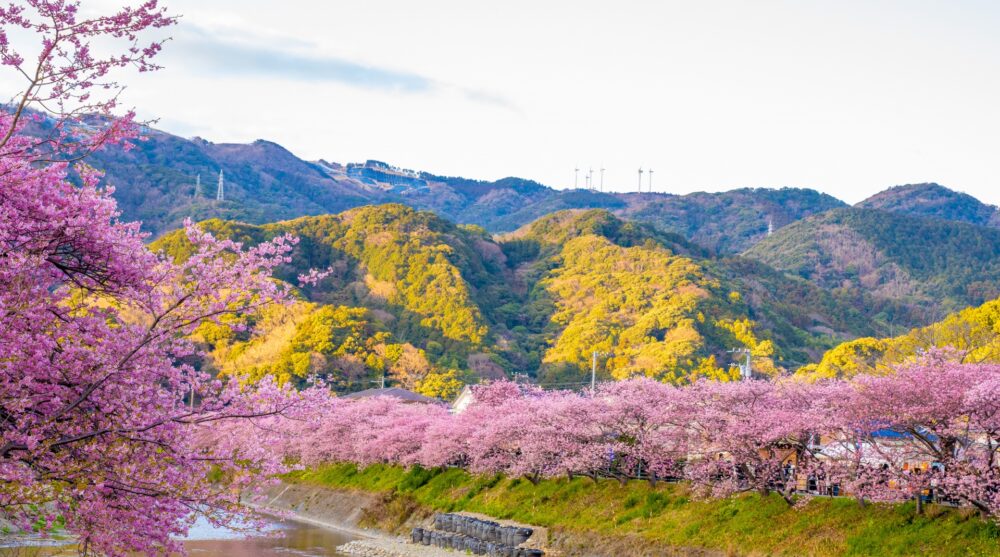Table of Contents
ToggleAbout Roots Japan
Our region of Japan is a place where each of the four seasons offers its own charming scenery: cherry blossoms in spring, fresh greenery in summer, autumn leaves in fall, and snowy landscapes in winter.
This beautiful natural environment also serves as an important habitat for a variety of organisms.
However, in recent years, the deer and wild boar populations have been increasing, and the damage to crops caused by these animals has been increasing year by year, with reports indicating that the total amount of damage will reach 15.5 billion yen by 2021.
In FY2021, damage to crops by wild birds and beasts was approximately 15.5 billion yen (a decrease of 590 million yen from the previous year), the area of damage was 33,000 ha (a decrease of 10,000 ha from the previous year), and the amount of damage was approximately 462,000 tons (an increase of 2,000 tons from the previous year).
As for the amount of damage by major bird and animal species, while damage by wild boars (3.9 billion yen, down 0.64 billion yen from the previous year), monkeys (0.8 billion yen, down 0.10 billion yen), and crows (1.3 billion yen, down 0.07 billion yen) decreased, damage by deer increased (6.1 billion yen, up 0.46 billion yen).
*From the Ministry of Agriculture, Forestry and Fisheries (FY2021), regarding damage to crops caused by wild birds and beasts throughout Japan.excerpt
If this situation continues, the ecological balance of the region could be upset and the agricultural economy could be severely impacted.
To address this issue, Roots Japan, a non-profit organization, works with local residents to promote sustainable ecosystem conservation activities.
We are seeking new ways for people and nature to coexist and taking action to protect the future of the region.
Mission of Roots Japan, a non-profit organization
Our mission as a non-profit organization, Roots Japan, is to build a sustainable future while protecting the local natural environment.
Our goal is not merely to prevent damage, but to maximize the use of local resources and create new value.
Specifically, we contribute to the sustainable development of local communities by protecting local ecosystems and adopting environmentally friendly technologies and methods.
Roots Japan, a non-profit organization
Coexistence with Wild Animals
In the Roots Japan region, deer and wild boar ecosystems are studied in depth and appropriate management measures are implemented based on this knowledge.
This effort has resulted in a reduction in damage.
Furthermore, we emphasize communication with local residents and jointly explore new approaches and methods for symbiosis.
Inheritance and innovation of hunting culture
By respecting hunting traditions while incorporating the latest technology and methods, we are making hunting activities safer and more effective.
In particular, we regularly hold hunting education and seminars for the younger generation, focusing on communicating the appeal of hunting and its importance to them.
Effective use of local resources
We promote the use of captured animals as gibier for food.
Strengthening partnerships with local restaurants and cooking schools, and holding regular events to promote the appeal of gibier cuisine.
In addition, we develop new gibier recipes and conduct workshops.
Promotion of environmental education
We regularly hold nature experience events and workshops for children to deepen their understanding of the importance of nature and ecosystems.
By doing so, we aim to raise the next generation's awareness of the environment.
Roots Japan's Involvement in Nutria Vermin Control
Roots Japan is working to minimize the damage caused by nutria while maintaining harmony with nature.
Nutria are native to South America, and their unique ecology and behavior affect agriculture and ecosystems in our country.
We aim for sustainable coexistence by conducting research on extermination methods based on scientific evidence and returning the results to the local community.
Through educational activities and workshops, we are also working to raise awareness throughout the community on how to properly interact with and understand nutria.
What is nutria?
The nutria is a lovely semi-aquatic mammal whose native habitat is the wetlands and riversides of South America.
Their fluffy fur and distinctive appearance, reminiscent of beaver and mink, are attractive.
They are known as nocturnal, primarily plant-eating herbivores.
However, despite its cute appearance, its presence as an invasive species in Japan and other countries is a cause for concern for agriculture and the environment.
In particular, it has been noted that the burrows they dig cause damage to the roots of crops and weaken river banks.
Against this backdrop, research and efforts are underway to study nutria ecology, habitat, and how they coexist with humans.
Importance of nutria feeding
Nutria are creatures with a unique diet, and it is very important to know their preferred food.
They are primarily herbivorous and tend to favor certain plants and grasses.
A deep understanding of the characteristics of this feeding habit and setting attractant baits accordingly can greatly improve the efficiency and success rate of extermination activities.
In addition, the placement of bait and traps can be devised according to the nutria's ecology and behavior patterns to help achieve a more humane method of extermination.
The reality of nutria hunting
Nutria hunting is not only aimed at damage reduction, but also as part of sustainable resource use.
Its rich fur has value as a fashion item, and its meat has potential as a gibier dish.
However, hunting requires the proper permits and techniques for the area and environment.
Roots Japan seeks ways to maximize the use of its resources in harmony with nutria.
This initiative is an important step in creating new value while protecting the local ecosystem.
What is the natural enemy of nutria?
Nutria are food for several large carnivores and certain birds in their ecosystem.
These organisms are responsible for keeping nutria populations in balance.
For example, certain raptors and otters are known to target nutria.
The approach of properly utilizing these natural enemies to properly regulate nutria populations in their natural habitat remains a subject of ongoing research.
Such efforts have been touted as one way to maintain ecosystem health while minimizing human intervention.
Collaboration between Roots Japan, a non-profit organization, and Savaka, a western cuisine
Roots Japan, a non-profit organization, aims not only to exterminate nutria, but also to make the best use of the resources they possess.
As part of this initiative, the renowned Western European restaurant "savaca (Persea americana)A special collaboration with the "Mere Old Man" has been realized.
Chef Yamaguchi of Savaka delicately prepares nutria meat and develops new menus that take advantage of its unique flavor.
This collaboration is a step toward rediscovering the potential of nutria in our food culture, and to bring its appeal to a wider audience.
Introduction to Cooking Utilizing Nutria
Nutria meat is attracting attention from health-conscious people because of its low-fat and high-protein properties.
Savaka, a renowned Western European restaurant, skillfully prepares this nutria meat and serves it to its fullest potential.
In particular, the unique flavor of nutria, grilled or in a smooth stew, has received rave reviews from many customers.
Through Savaka's cuisine, you can taste new possibilities for nutria.
Sustainable use of nutria
Sustainable use of nutria is a very important topic in today's world of harmony with the environment.
When conducting extermination activities, an approach that maximizes the resource value of nutria rather than simply eliminating them as "pests" is required.
As a food source, nutria, with its low-fat and high-protein characteristics, is attracting attention as a new option for the growing health consciousness.
Art crafts using their furs and skins are also appreciated for their sustainability.
Thus, by promoting the sustainable use of nutria, it is hoped that both conservation of the natural environment and utilization of local resources can be achieved.
summary
- Roots Japan, a non-profit organization, is working to deepen understanding of the importance of nature and ecosystems.
- The nutria is a small mammal of the Mammalia class Rodentia, native to South America
- Feeding habits are omnivorous, and they may feed on aquatic plants and agricultural crops.
- Highly fertile, breeding two to three times a year, with about five litters per litter
- Introduced to Japan during the Meiji period (1868-1912), its distribution is spreading mainly in western Japan.
- Feeding damage to crops and rare plants has become a problem.

